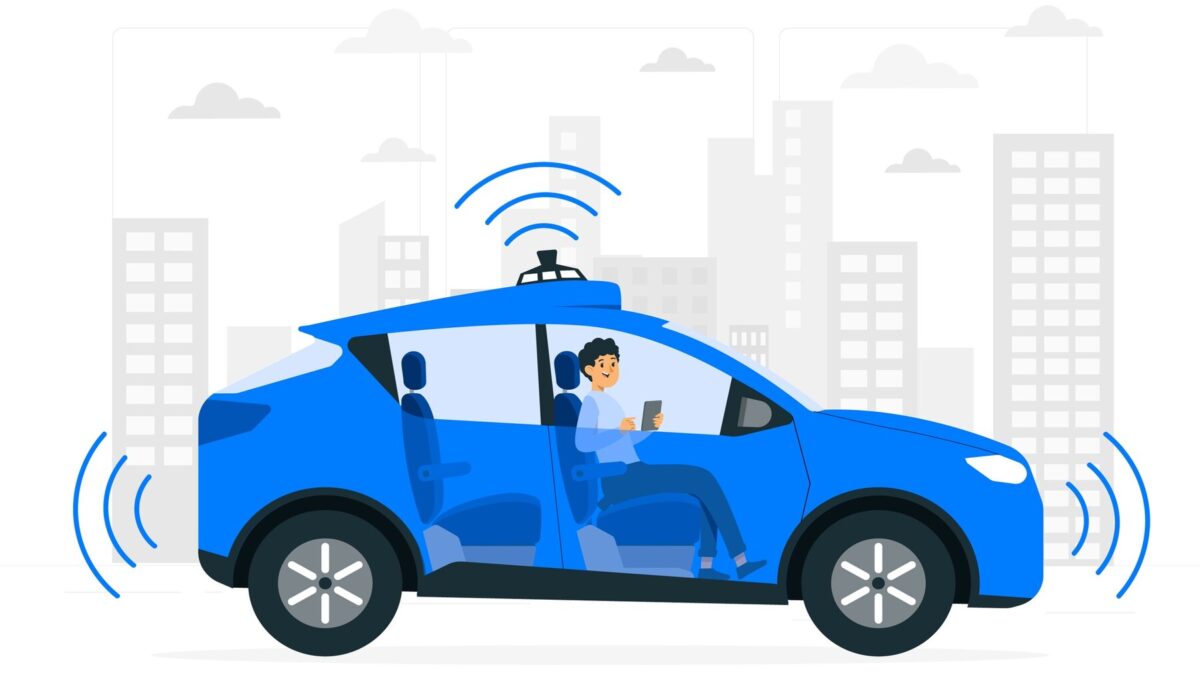
How Autonomous Vehicles Can Enhance Traffic Flow, Even in Mixed-Use Environments
Introduction
As autonomous vehicles (AVs) continue to evolve, their impact on road traffic is attracting significant attention. These “robocars” promise to reduce congestion and optimize traffic flow, even when sharing roads with human-driven cars. Yet, achieving seamless AV integration presents unique challenges and raises questions about the broader implications for urban mobility. This article delves into how AVs can enhance traffic efficiency in mixed-use environments, addressing common concerns and exploring actionable insights.
How Autonomous Vehicles Improve Traffic Flow
The Promise of AVs in Mixed Traffic
Autonomous vehicles bring advanced technologies, including machine learning and sensor systems, that enable quick decision-making, optimal speed adjustments, and real-time route recalculations. These capabilities can lead to smoother traffic flow, fewer stops, and less congestion. But how does this work in practice?
- Adaptive Speed Control: AVs can maintain a consistent speed, reducing unnecessary braking or acceleration. This smoother flow minimizes bottlenecks often caused by erratic driving behaviors.
- Smart Lane Management: AVs can identify and utilize less congested lanes, distributing traffic more evenly across all available lanes.
- Dynamic Traffic Responses: AVs adapt to traffic conditions in real-time, decreasing the likelihood of traffic jams by rerouting or adjusting speeds to match road conditions.
Traffic Simulation and Predictive Algorithms
AVs leverage advanced algorithms to predict and respond to traffic patterns. Simulation models allow AVs to anticipate human-driver behaviors, aiding in smoother interactions between AVs and traditional vehicles.
Key Benefits of Autonomous Vehicles on Traffic Efficiency
Reduced Traffic Congestion
By maintaining optimal spacing and consistent speeds, AVs reduce the “accordion effect,” where sudden braking or acceleration leads to traffic buildup. As AVs communicate with one another, they can prevent or mitigate potential slowdowns.
Enhanced Road Safety
AVs are less likely to engage in risky behaviors, like speeding or abrupt lane changes, which are common causes of traffic accidents. With fewer accidents, roads become safer, contributing to more consistent traffic flow and reduced delays.
Lower Emissions and Fuel Consumption
By optimizing speeds and routes, AVs can significantly reduce idling times and fuel consumption. This not only lessens environmental impact but also improves urban air quality by decreasing emissions from traditional cars.
Challenges to AV Integration in Mixed-Use Traffic
Human Behavior and Interaction
One of the main challenges for AVs is predicting and reacting to human-driven vehicles, which may exhibit unpredictable behavior. Strategies to address this include:
- Improved Predictive Algorithms: Developing AI systems that can interpret human behavior and adjust accordingly.
- Vehicle-to-Vehicle Communication: While AVs can communicate with each other, establishing communication with human-driven cars could further reduce traffic issues.
Infrastructure Adaptation
Current infrastructure may not fully support AV technology. Upgrades such as smart traffic signals, dedicated AV lanes, and integrated sensor systems could facilitate smoother transitions and optimize traffic flow.
Regulatory and Ethical Considerations
The integration of AVs raises regulatory and ethical questions, particularly around liability in mixed-traffic accidents. Governments will need to establish clear policies to address these issues, ensuring public safety without stifling technological innovation.
The Future of AVs in Urban Environments
Advanced AV Technologies on the Horizon
Research in AV technology focuses on refining predictive models, improving sensors, and enhancing machine learning capabilities. These advancements will allow AVs to integrate more seamlessly into existing traffic systems, even in highly populated urban areas.
Potential of Fully Autonomous Road Networks
As AV technology matures, fully autonomous road networks may become viable. In these scenarios, roads could be exclusively designated for AVs, allowing for maximal efficiency and safety improvements.
The Role of Public Policy and Urban Planning
For AVs to reach their full potential, cities will need to adapt their infrastructure and policies. Investment in smart road systems, along with revised traffic regulations, will help cities leverage the benefits of AVs while mitigating potential drawbacks.
Addressing Common Concerns About Autonomous Vehicles
Will AVs Make Human-Driven Cars Obsolete?
While AVs offer significant advantages, human-driven cars will likely remain on roads for the foreseeable future. Instead, we can expect a gradual integration process, with AVs initially operating in specific areas or lanes.
How Safe Are Autonomous Vehicles?
Safety remains a primary focus in AV development. Rigorous testing and compliance with safety standards are vital for public trust. Most AV systems include redundant safety measures and are designed to adhere to safe driving protocols.
Can AVs Adapt to Different Driving Conditions?
Advanced AVs are equipped with sensor arrays, including radar, lidar, and cameras, allowing them to adapt to various weather and traffic conditions. Ongoing advancements aim to make AVs more resilient to challenging environments like heavy rain or snow.
Conclusion
The integration of autonomous vehicles promises to reshape urban traffic dynamics, offering benefits like reduced congestion, enhanced safety, and lower emissions. However, challenges in human-vehicle interactions, infrastructure, and regulation must be addressed to unlock their full potential. Through strategic planning, public policy support, and continuous technological improvement, AVs can bring about a more efficient and sustainable future for our roadways.



